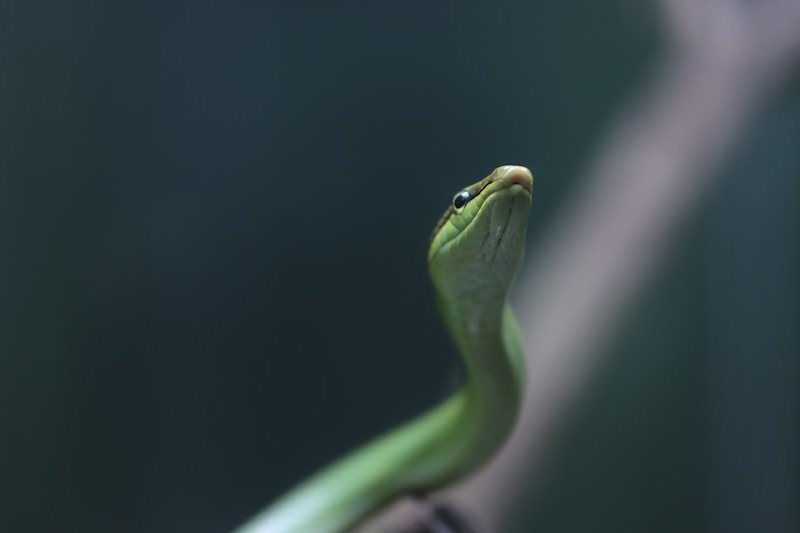Lizards are some of the most diverse and adaptable creatures on Earth, occupying a vast range of ecosystems across the globe. With over 6,000 species, they exhibit a remarkable variety in terms of size, color, behavior, and habitat. From desert dwellers to rainforests and even urban areas, lizards thrive in environments as varied as the species themselves. This article explores some of the most notable lizard species and their habitats, shedding light on the fascinating world of these reptiles.
1. The Diversity of Lizard Species
Lizards belong to the order Squamata, which also includes snakes, and are classified into several families. These families include well-known species like geckos, iguanas, chameleons, and skinks. Each family has adapted to its specific environment, showcasing a broad spectrum of evolutionary traits.
-
Geckos: These small, often nocturnal lizards are known for their ability to climb walls, a skill enabled by specialized toe pads that allow them to adhere to surfaces. Found in warm climates, they are most abundant in Asia, Africa, and the Mediterranean region.
-
Iguanas: Large, herbivorous lizards that primarily inhabit Central and South America, iguanas are easily recognized by their spiny crests along their backs and their long, whip-like tails. They are usually found in tropical environments, particularly near water.
-
Chameleons: Famous for their color-changing abilities, chameleons are mostly found in Madagascar and sub-Saharan Africa. Their prehensile tails and independently moving eyes give them an almost alien appearance. They use color change for communication, camouflage, and thermoregulation.
-
Skinks: Known for their smooth, shiny scales and long bodies, skinks are found across Africa, Australia, and parts of Asia and the Americas. Many skinks are burrowing species, spending much of their time underground.
2. Adaptations to Desert Habitats
Desert ecosystems pose unique challenges for survival, with extreme temperatures and scarce water sources. Many lizard species have evolved remarkable adaptations to thrive in these arid conditions.
-
Behavioral Adaptations: Many desert-dwelling lizards are diurnal, meaning they are active during the day to take advantage of the sun’s heat. They often have specialized burrows or shelters to escape the midday heat and avoid dehydration. For instance, the Fennec Fox lizard uses burrows to stay cool and conserve moisture.
-
Physiological Adaptations: Some species, like the Bearded Dragon, have developed a tolerance for dehydration, able to go without water for extended periods. Others, such as the Horned Lizard, can collect moisture from morning dew using specialized scales on their bodies. These lizards have evolved to store excess moisture in their bodies to survive during drought conditions.
-
Camouflage: The ability to blend into the desert terrain is a critical survival trait. Species like the Sandfish Skink have evolved pale, sand-colored skin that allows them to disappear into their surroundings, avoiding predators and maintaining a low profile in the harsh, bright environment.
3. Rainforest Lizards and Their Unique Features
Rainforests offer a vastly different environment from deserts, characterized by high humidity, dense vegetation, and abundant rainfall. These ecosystems are home to some of the most colorful and uniquely adapted lizards in the world.
-
Tree-Dwelling Adaptations: Many rainforest lizards, such as the Flying Dragon (Draco lizard), are arboreal, spending most of their lives in the trees. The Flying Dragon can glide for short distances, using its expanded ribs and flaps of skin to create wings, allowing it to move between trees in search of food and mates.
-
Coloration and Camouflage: In the lush environment of the rainforest, vibrant colors serve not only as a deterrent for predators but also as a means of attracting mates. The Panther Chameleon is one such species that uses its color-changing ability to communicate with other lizards and to blend in with the vibrant environment.
-
Diet and Feeding: Rainforest lizards tend to have varied diets, feeding on everything from insects and small invertebrates to fruits and leaves. The Iguana, for instance, is a herbivorous species that plays a role in the rainforest ecosystem by helping to control plant populations.
4. Lizards in Urban Environments
In recent decades, lizards have shown an incredible ability to adapt to urban environments. From city parks to suburban backyards, certain species have thrived in man-made habitats.
-
Geckos in the City: One of the most successful lizard species in urban environments is the House Geckos, which can often be found clinging to the walls of buildings or scurrying across sidewalks in warmer climates. These geckos have adapted to the artificial warmth generated by cities and often feed on insects attracted to streetlights.
-
Survival Strategies: Urban lizards are typically more nocturnal, taking advantage of cooler nighttime temperatures. They can often be found in areas where human activity has created microhabitats, such as under rocks, in gardens, or near outdoor lights where insects are abundant.
-
Urban Heat Island Effect: Some species, like the Anole, have adapted to the “urban heat island” effect, where cities tend to be warmer than surrounding rural areas. This effect can benefit lizards by providing a more consistent temperature, though it also presents new challenges like pollution and habitat fragmentation.
Conclusion
Lizards are among the most versatile and resilient creatures on Earth, occupying a wide array of habitats across the globe. Whether they are blending into the desert sands, living in the humid canopy of rainforests, or adapting to bustling city streets, lizards continue to evolve and thrive in environments that range from extreme to urban. Their ability to adapt to such diverse conditions not only highlights their survival strategies but also their importance in maintaining ecological balance in ecosystems around the world.

